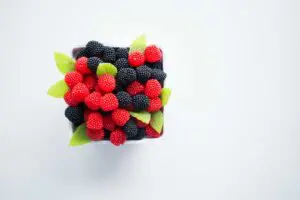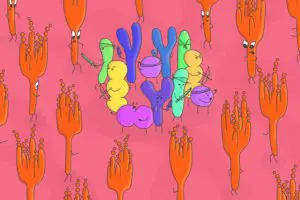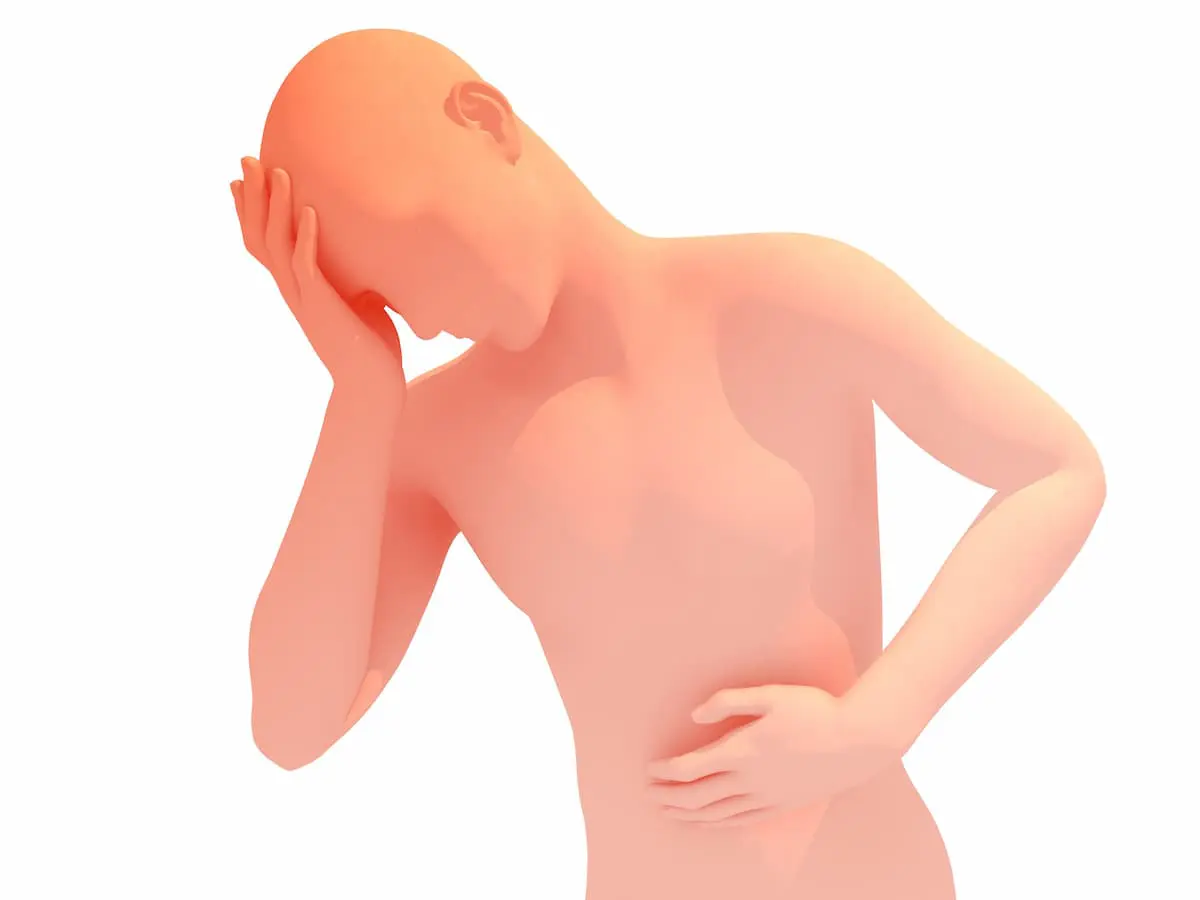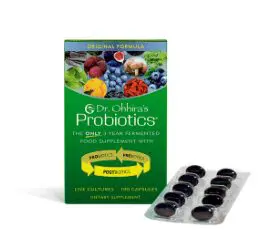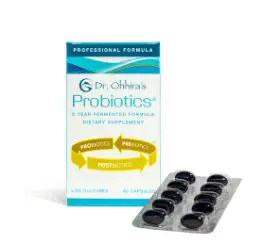Feed Your Probiotic Bacteria Well… Or They Will EAT YOU
New Insights into “Leaky Gut” and Autoimmune Diseases
By Ross Pelton, RPh, PhD, CCN
Scientific Director, Essential Formulas
Bacteria are living organisms. Like all living organisms, they have nutritional needs that must be met to thrive and function. Non-digestible dietary fibers are the preferred “food” for your probiotic bacteria. Different types of vegetables are the best fiber-rich foods to feed your probiotic bacteria, followed by fruits and whole, seeds, nuts, and unprocessed whole grains.
Lack of fiber is one of the most critical nutritional deficiencies in the United States and increasingly in other countries. Although non-digestible fibers provide zero dietary benefits for humans, they are the primary food for the estimated 100 trillion bacteria that reside in your gastrointestinal tract.
Unfortunately, most Americans do not feed their probiotic bacteria well. Many Americans consume diets that are high in sugar and other highly processed, fiber-deficient foods. The authors of a study titled “The Fiber Gap and the Disappearing Gut Microbiome: Implications for Human Nutrition” reported that an alarming 90% of children and adults in America DO NOT consume the recommended amount of daily dietary fiber.
Like humans, your probiotic bacteria must eat to get the nutrients they need to remain healthy. If you don’t feed your probiotic bacteria well, they will start looking for an alternate food source to get the necessary nutrition to survive.
THE MUCUS BARRIER
The cells that line the gastrointestinal tract are covered with a dense layer of mucus, an essential part of our immune system. This mucus layer provides protection that prevents intestinal bacteria and other material in the GI tract from accessing the rest of the body. When the mucus barrier is damaged, it results in a condition known as “leaky gut” or intestinal permeability.
LEAKY GUT
Studies have recently reported that the protective mucus layer that lines the gastrointestinal tract can be a secondary source of food and nutrition for probiotic bacteria when they are deprived of fiber. When people don’t ingest enough dietary fiber for their gut bacteria, their bacteria begin munching on mucus to survive.
Erosion of the protective mucus barrier results in inflammation, a thinning of the mucus layer, and, ultimately, holes. These gaps in the mucus barrier open the door that allows pathogenic intestinal bacteria and other GI tract contents to invade the body. This scenario, called “leaky gut” or intestinal permeability, can lead to a wide range of autoimmune and inflammatory disorders.
“The lesson we’re learning from studying the interaction of fiber, gut microbes, and the intestinal barrier system is that if you don’t feed them, they can eat you,” said Dr. Eric Martens, lead author of the study “A Dietary Fiber-Deprived Gut Microbiota Degrades the Colonic Mucus Barrier and Enhances Pathogen Susceptibility.”
HOW TO MAINTAIN A HEALTHY MICROBIOME
So how do you create and maintain a healthy microbiome? It’s a two-part process:
- Consume a fiber-rich diet every day. The primary source of high-fiber foods should be small amounts of a wide range of different colored vegetables. Secondary sources of high-fiber foods are fruits, nuts, seeds and unprocessed whole grains.
- Take Dr. Ohhira’s Probiotics® every day. Dr. Ohhira’s Probiotics is the only product in the world that provides a combination of probiotic bacteria, prebiotic fibers, and, most importantly, over 500 postbiotic metabolites. Dr. Ohhira created a multi-year fermentation production process that enables probiotic bacteria time to produce a wide range of postbiotic metabolites, which are critically important health-regulating compounds that regulate immune function and overall health.


